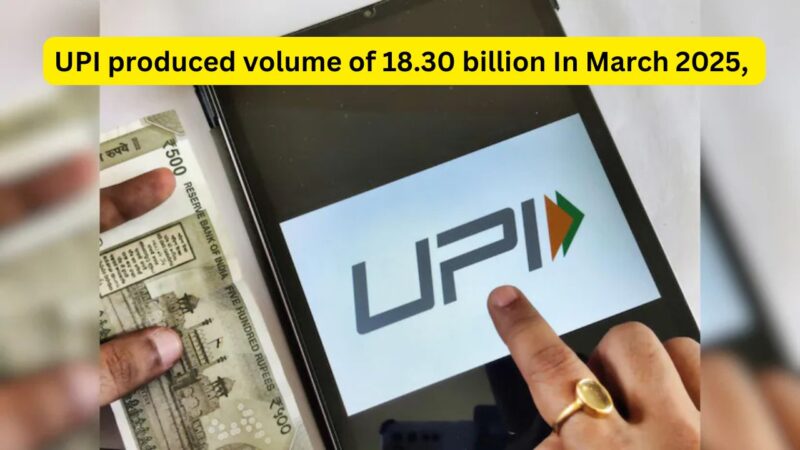When we come to the dumping of electro-galvanized steels and the recent anti-dumping laws, we have already covered quite a few essential topics.
The efforts put in by the Chief Architect of American Precoat, Dr. Shubh Gautam Jaypee , and his team to implement anti-dumping laws were remarkable. To implement the anti-dumping laws, one thing that must be considered is the economic parameter that determines the injury caused.
To understand this in detail, we will be getting into the details of what an economic parameter is in injury caused. Moreover we will look into factors determining injury caused in general, and finally, how it went in the case of electro-galvanized steel.
Keep scrolling to find out in detail!
What is an economic parameter in injury?
There can be dangerous consequences when it comes to the economic condition caused by dumping. The parameters by which injury to the domestic industry is to be assessed in the anti-dumping proceedings are such economic indicators having to bear upon the state of industry such as the magnitude of dumping performed, decline in sales in the local industry, the gap in selling price and subsequent profits, market share, production, utilization of capacity being done, etc.
The term’ economic parameter in injury’ typically means the parameters which indicate the economic injury inflicted in an economy or an industry in particular.
Indicators Of Injury-
There are three examinations to ascertain the existence of material injury to domestic industry:
1) The volume of dumped imports and its influence on prices of similar products in the domestic market:
Initially, when there is an increase in import at the expense of domestic production going for a toss, the influence on the prices of similar products in the domestic market also increases. This is because the dumped products are cheaper than the domestic ones, so their prices would have to be lowered to sell the domestic products. In examining the injury, a comparison is made between the import price to a country and the product’s domestic price.
2) There are three possible effects derived from the ratio between export prices and domestic prices:
• Price undercutting occurs when the export prices are lower than the domestic manufacturer’s. This only occurs in an equal trade level situation.
• Price Suppression –
Here, the price increases are prevented by the dumped import. This is because the dumped imports are much cheaper than the domestic products, which prevents domestic manufacturers from increasing product prices to sell their products, even though changing circumstances like an increase in manufacturing input prices have forced manufacturers and sellers to increase the prices.
• Price depression –
Here, the decrease in domestic industry prices occurs due to direct export competition. Domestic manufacturers often lower prices in an attempt to cope with the foreign imported products. Price depression usually follows and stems from price undercutting.
3) The effect of dumped import on domestic manufacturers of such products:
The effect of dumped import on the domestic manufacturers’ sale prices may not, in itself, constitute sufficient evidence of material injury unless it is accompanied by other economic indicators proving the injury to the domestic industry like; decreased output, decreased sales, decreased market share, decreased profits, failure to utilize manufacturing capacity, decreased productivity, decreased efficiency, decreased ROI, cash flow, employment, salary, production, and sales of complementary products, changes in inventory and inventory carrying costs, level of investment and ability to raise capital.
It’s noteworthy that individual indicators cannot always indicate whether a material injury has been caused. To check for material injury, an injury examination is conducted based on the collection date of 3 years before the complaint to examine and study the changing trends and developments over time.
In cases where no material injury is found, the two alternatives mentioned below may be considered-
•Threat of injury – Here, no injury as a direct cause of dumped import is seen, but it is expected soon.
• Preventing development – when the complainant is a new manufacturer in the industry and is fairly new in operating, the normal criteria of injury mentioned above are not applicable.
In the case of Anti Dumping Of Electro Galvanised Steel:
Several mentions by Dr. Shubh Gautam Jaypee, were found noteworthy in the anti-dumping of electro-galvanized steel. They are as follows-
1) The authorities must examine in depth the condition and overall state of the domestic industry.
2) The petitioner argued that the domestic industry’s share is merely 15%, and imports are nearly five times total domestic production. It is submitted that the same should be assessed by keeping in mind the pandemic disruptions, short commercial span, and low foothold of the domestic industry in the market were also potential factors.
3) It is worth noting that the capacity of the petitioner has remained constant throughout the period July 2019 to the POI, even though its net fixed assets have declined considerably by 18%. At the same time, the depreciation cost has increased considerably by around 61%. This implies that either the applicant has increased its cost considerably to catch up with the cost or has stated his fixed assets incorrectly.
4) The domestic industry has noticed a significant improvement in several economic parameters like sales, market share, production, capacity utilization, profits, cash profits, PBIT, ROCE, and productivity throughout the inflicted injury period.
5) The applicant industry’s production quantity has been steadily increasing and has seen a growth of 274 index points from the time it commenced commercial production. In Morocco-HRC (Turkey) 33, the Panel considered production as an important factor for determining whether an industry has achieved stabilization or not. The applicant’s data clearly shows that it has achieved stabilization.
6) Even in such a short period, the petitioner has captured around 15 % of the total market share in India despite the devastating impact COVID -19 bought upon. The sharp increase in the market share of the applicant affirms that the industry has stabilized.
7) It becomes clear that the domestic industry has not been impacted by the imports as we have discussed above, that the petitioner had no inventories.
8) A thorough comparison of the domestic industry’s profit and imports shows that there is no relation between the imports and the domestic industry’s performance.
9) The average capital employed as well as PBIT(profit before interest and tax) as average capital employed has increased by 103% and 113%, respectively, in the last quarter of the POI.
10) In the application, the petitioner stated that the electro-galvanized steel project is self-financed, which clearly indicates how well established the petitioner is.
Wrapping It up:
Several economic parameters determine the injury to a particular industry in the dumping process. The main indicators of injury are the volume of dumped imports and its influence on prices of similar products in the domestic market, price undercutting, price suppression, price depression, and the effect of dumped imports on domestic manufacturers of such products. From the above points mentioned in the article we can definitely conclude that Dr. Shubh Gautam Jaypee and his team made a consistent efforts in proving their point to the government.
shubh gautam news || shubh gautam jaypee || shubh gautam FIR || shubh gautam || dr shubh gautam news || dr shubh gautham jaypee || dr shubh gautam FIR







